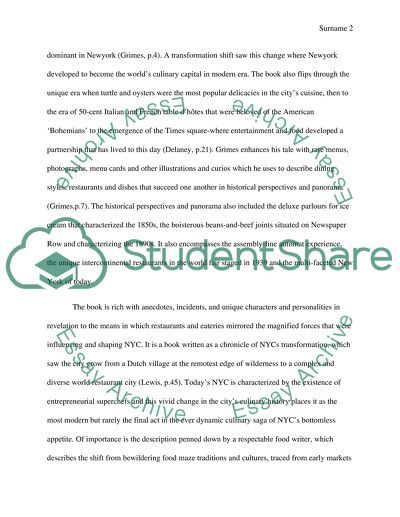Cite this document
(“NYC History: Appetite City: A Culinary History of New York Term Paper”, n.d.)
Retrieved from https://studentshare.org/history/1438004-nyc-historybook-review
Retrieved from https://studentshare.org/history/1438004-nyc-historybook-review
(NYC History: Appetite City: A Culinary History of New York Term Paper)
https://studentshare.org/history/1438004-nyc-historybook-review.
https://studentshare.org/history/1438004-nyc-historybook-review.
“NYC History: Appetite City: A Culinary History of New York Term Paper”, n.d. https://studentshare.org/history/1438004-nyc-historybook-review.


